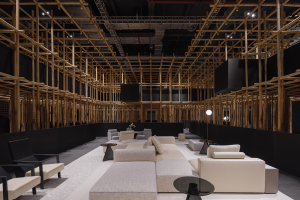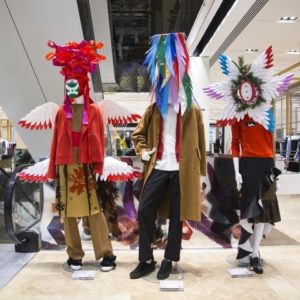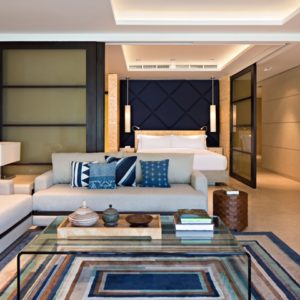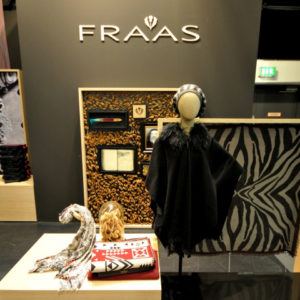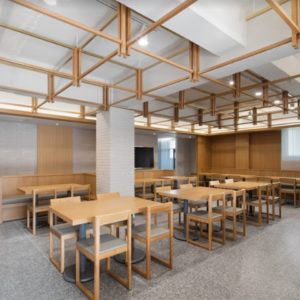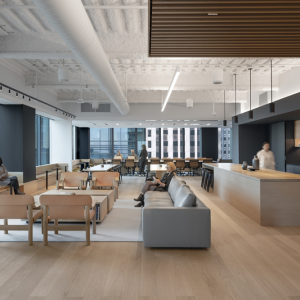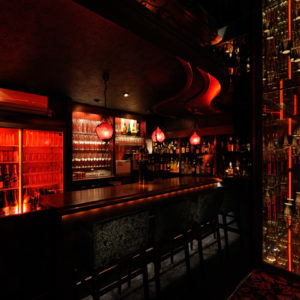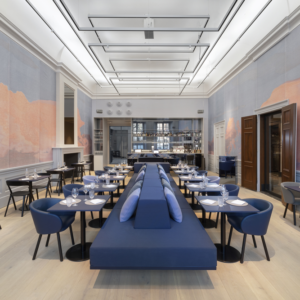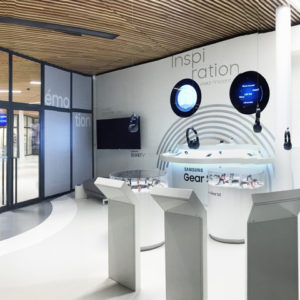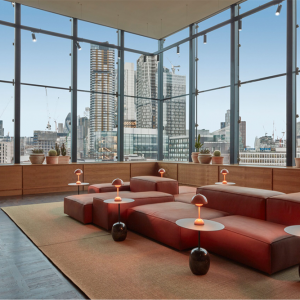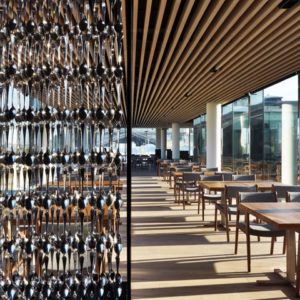
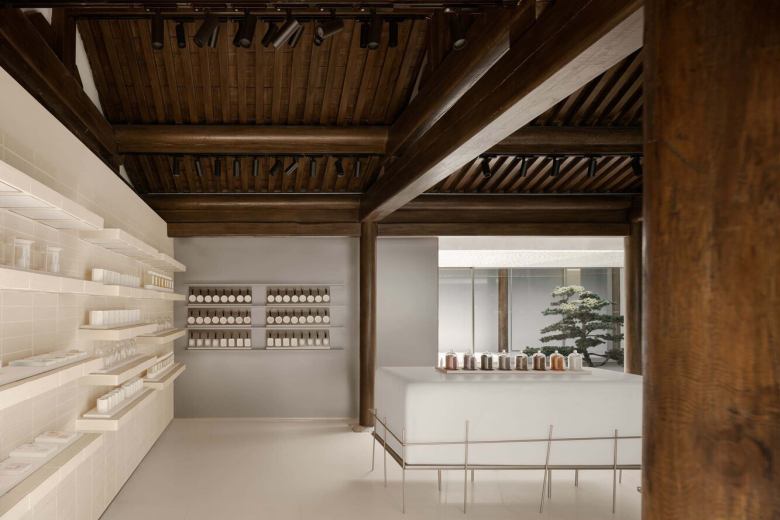
ToSummer’s new flagship store in Beijing is situated within a 500-square-meter Siheyuan complex built mid-Qing dynasty, located at 23 Guozijian St. This is the second historical building conservation project ToSummer has undertaken in China after “111 Hunan Rd.,” and the restoration alone took a year to finish. At the sight of this 280-year-old architecture, we began by asking ourselves to find balance between conservation and development.
Ledoux and William Morris’s contrary positions on heritage preservation fuelled our thinking. Ledoux posits that when restoring an old building, architects should employ traditional methods of construction and materials congruent with its texture to “repair the old in adherence to its original appearance.” This approach certainly complies with the principle of preserving the authenticity and integrity of architectural heritages, as laid down by The Venice Charter. Yet, when applied to large-volume architectural remains that have not been heritagized, Ledoux’s approach seems insufficient for properly placing new functions or integrating old buildings into modern urban life. Morris’s view seemingly made it easier for us to justify new designs; in reality, it led us to ponder over some more concrete issues. Firstly, how do we determine what structures, components, and elements of the Siheyuan to keep, replace, or eliminate? How do we highlight the building’s cultural and historical significance? Questions of the sort urged us to establish design criteria.
The original Siheyuan complex may be seen as an intact, enclosed spatial system built to accommodate its old functions. The installation of new ones must be preceded by breakdown of the old system into a series of loosely connected sub-spaces. According to Derrida on deconstructionism, deconstruction is not a denial of the original space but positive reconstruction going hand in hand with demolition. We approached deconstruction from both an epistemic standpoint and an experiential standpoint. While studying Siheyuan helped us effectively deconstruct the space, we also intended to document the impacts of colours, materials, plants, temperatures, sounds, and other spatial constituents on people’s subjective experiences.
Architects: F.O.G. Architecture
Lead Architects: Yu Zheng, Di Zhan
Design Team: Dejing Zou, Leilei Wu, Shengqi Wang, Mo Tang, Ronghua Lei, Lu Jiang, Yingzi Huang, Shaokai Zhuang, Yuan Sun, Xinyue Zhang, Yixuan Chen, Yining Zheng, Xinwei Tao, Xiaomao Cao, Shaokai Hou, Aijie Xiong, Khoon Choi, Di Zhan, Yu Zheng
Photographs: InSpace Architecture Photography
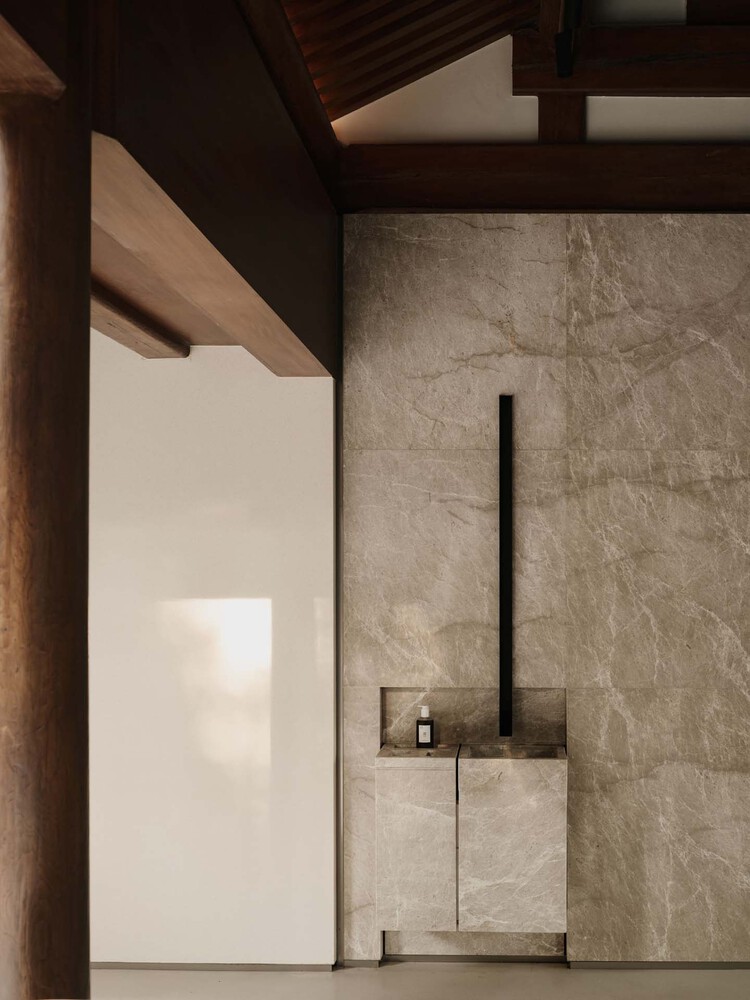
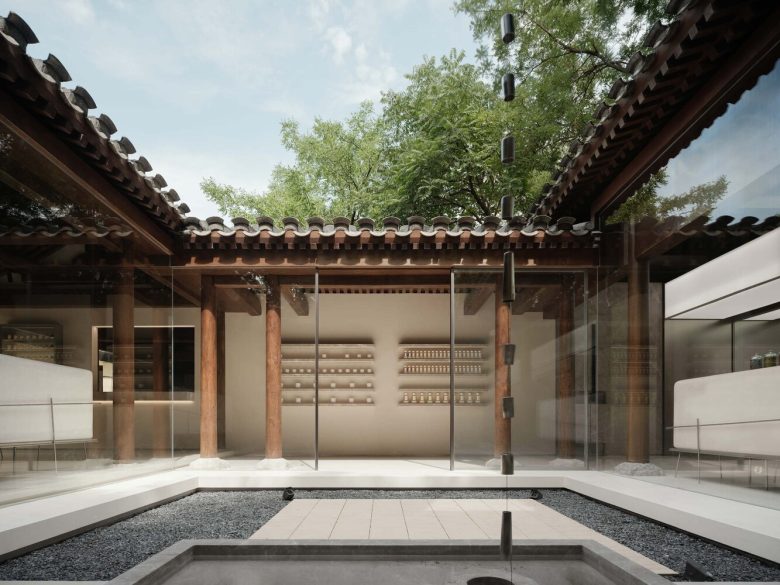
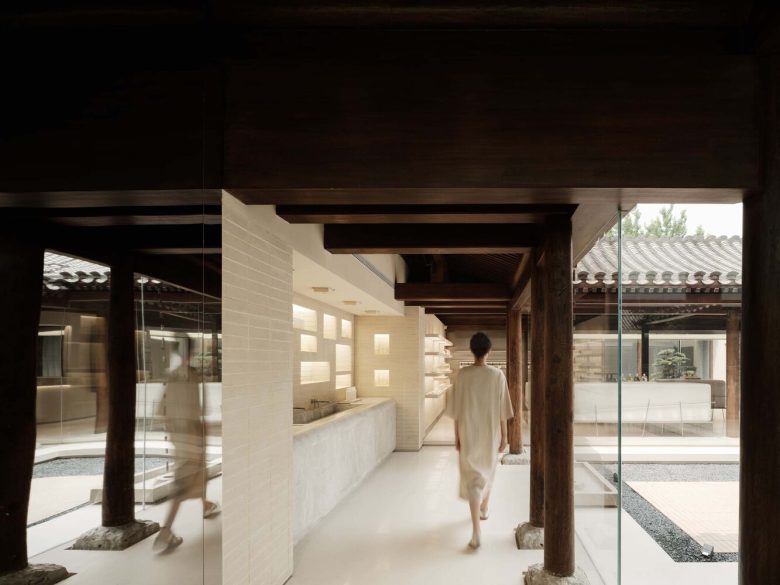
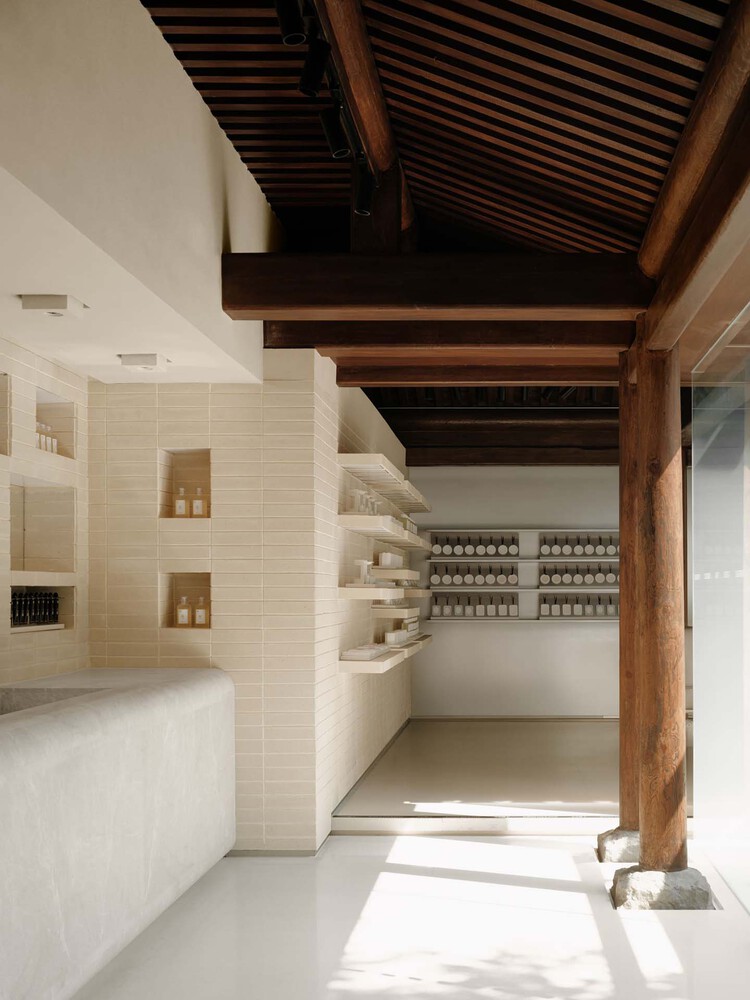
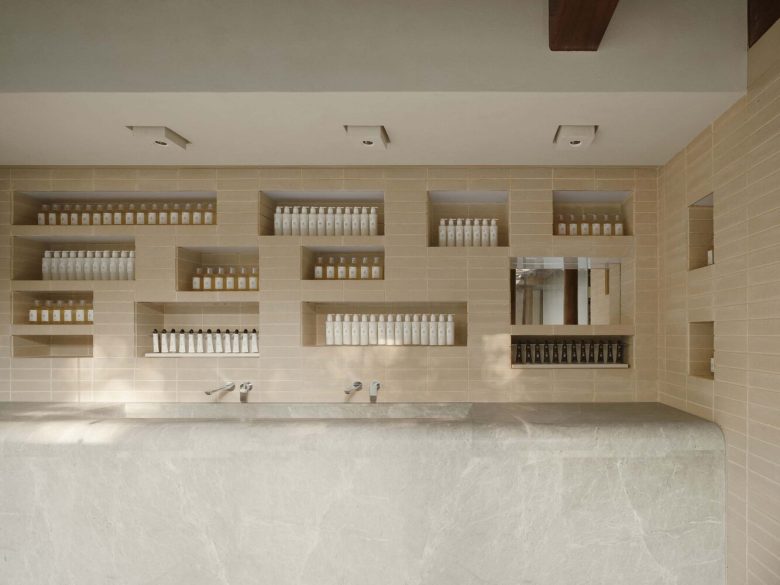
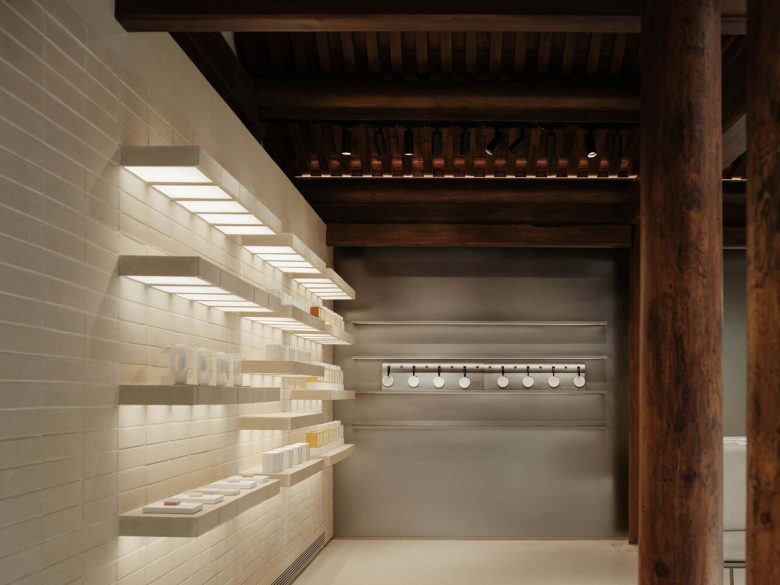
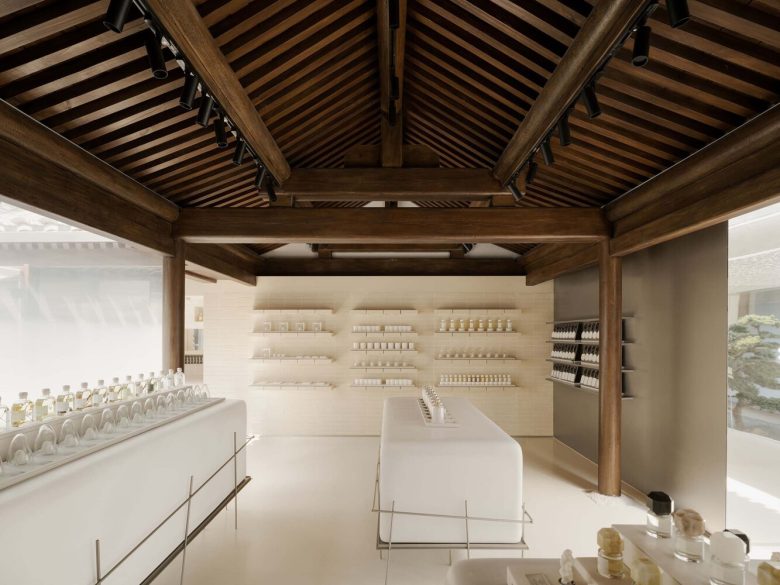
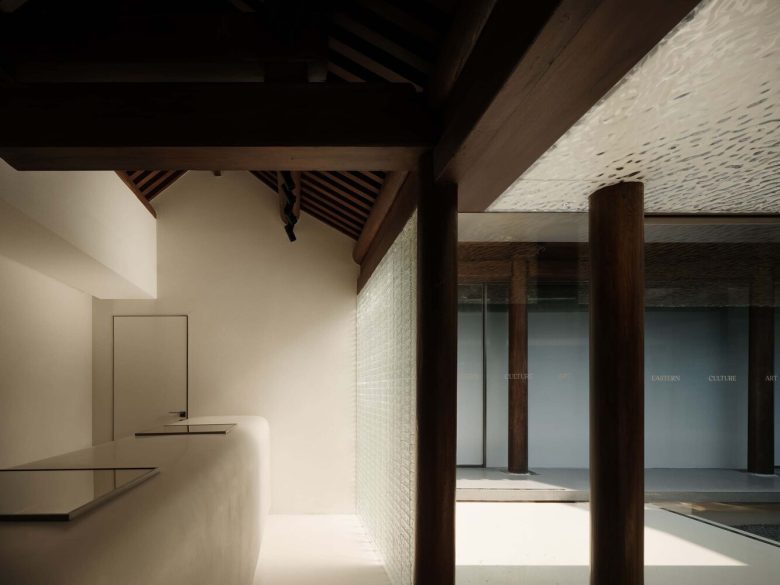
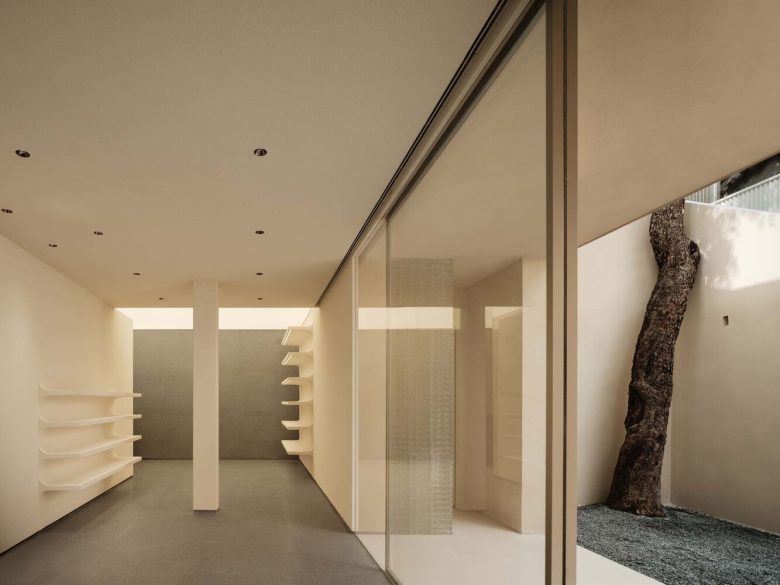

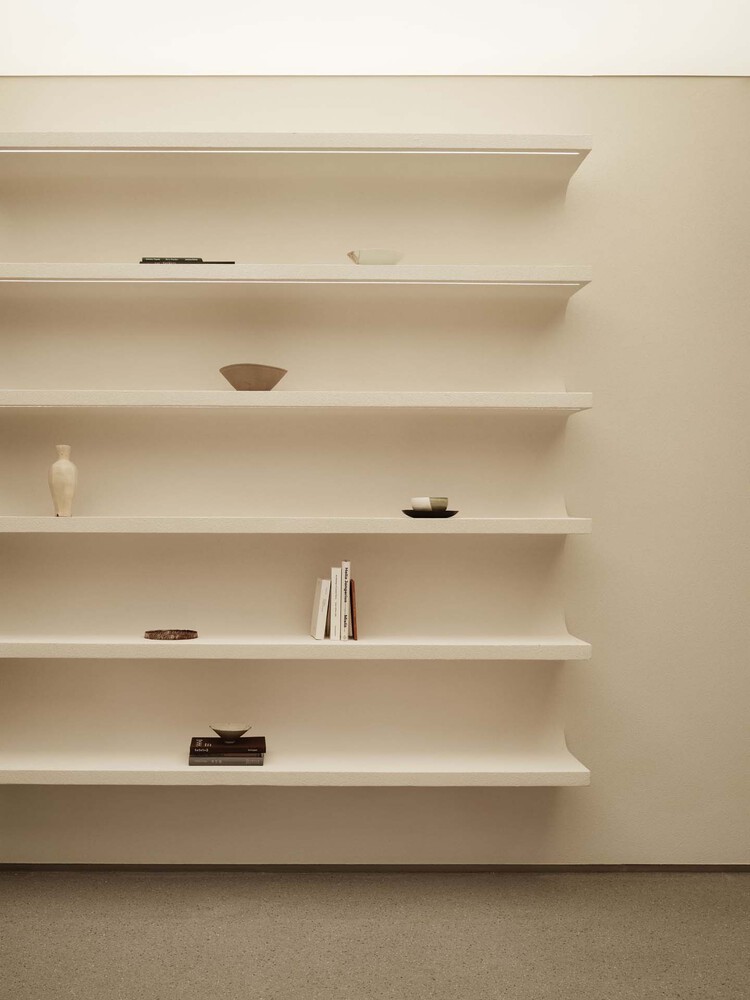
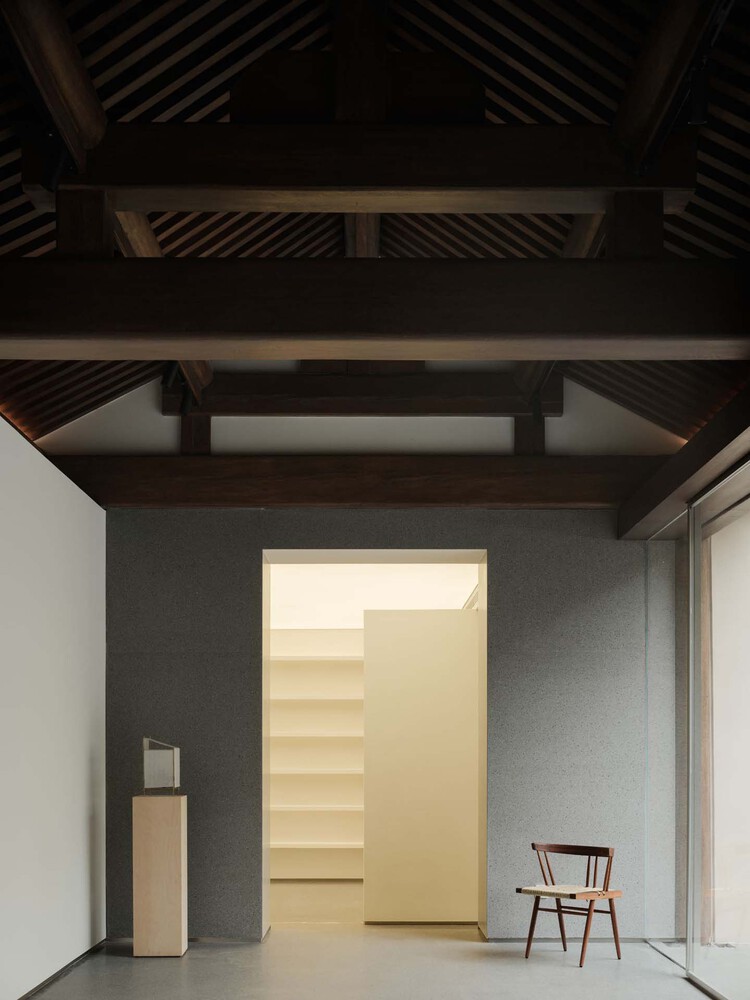
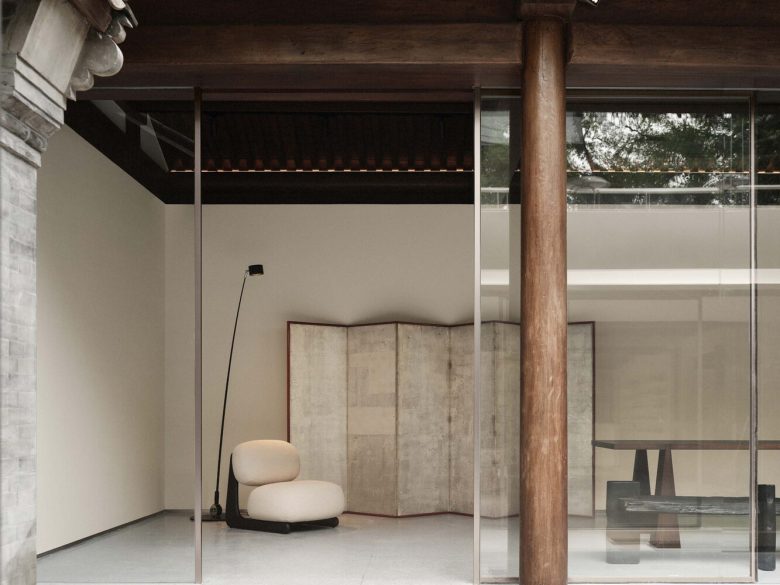
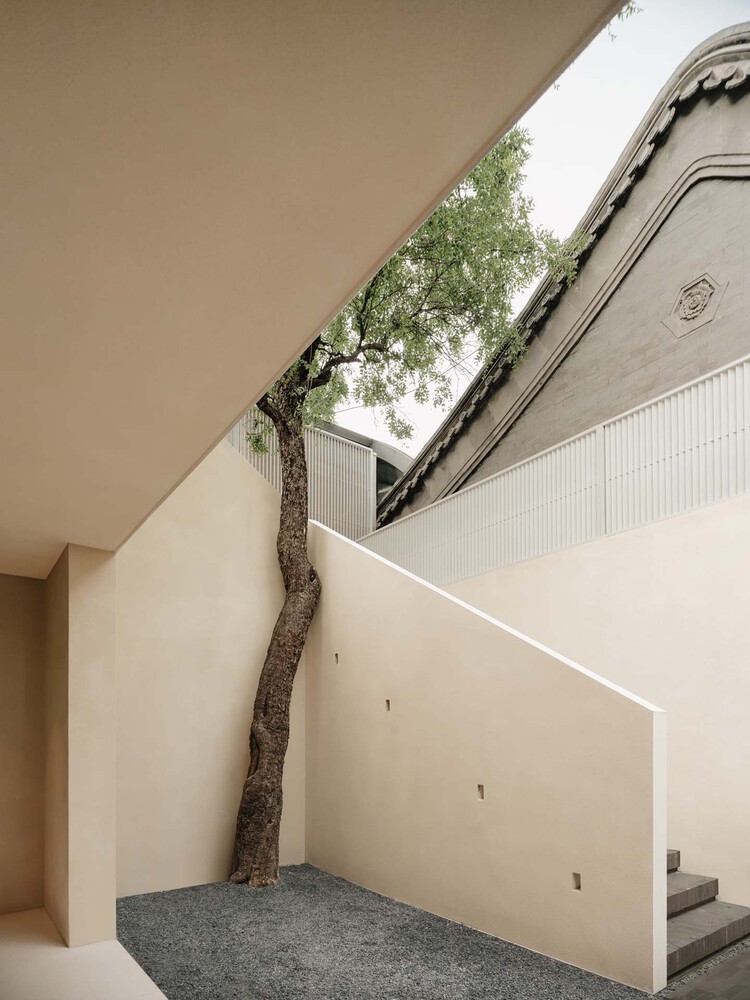
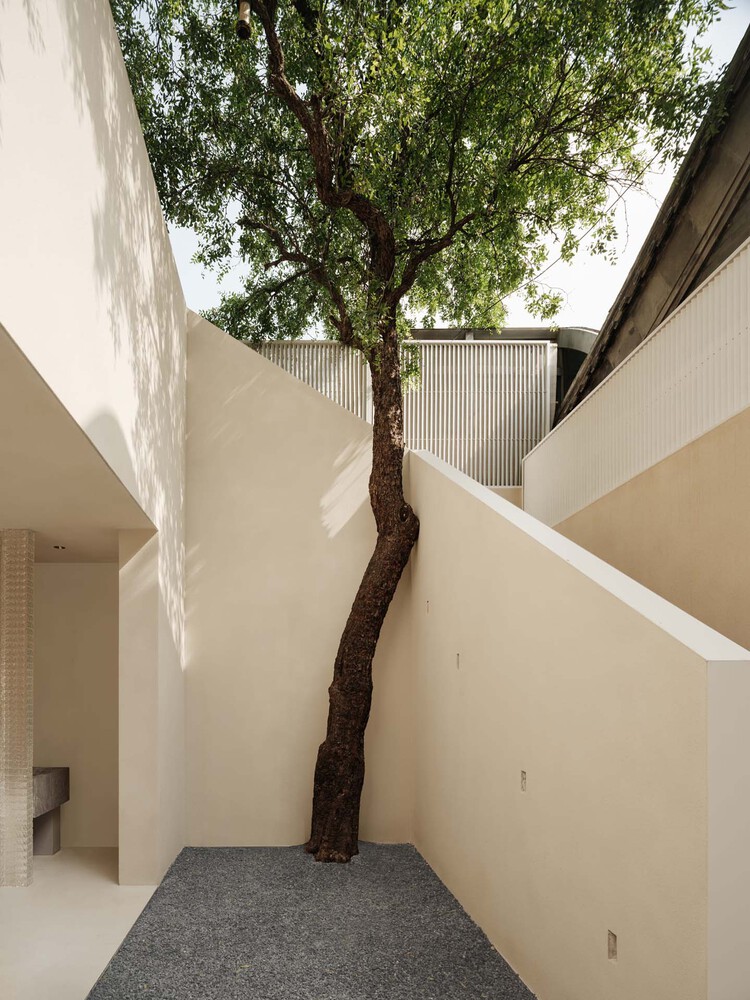
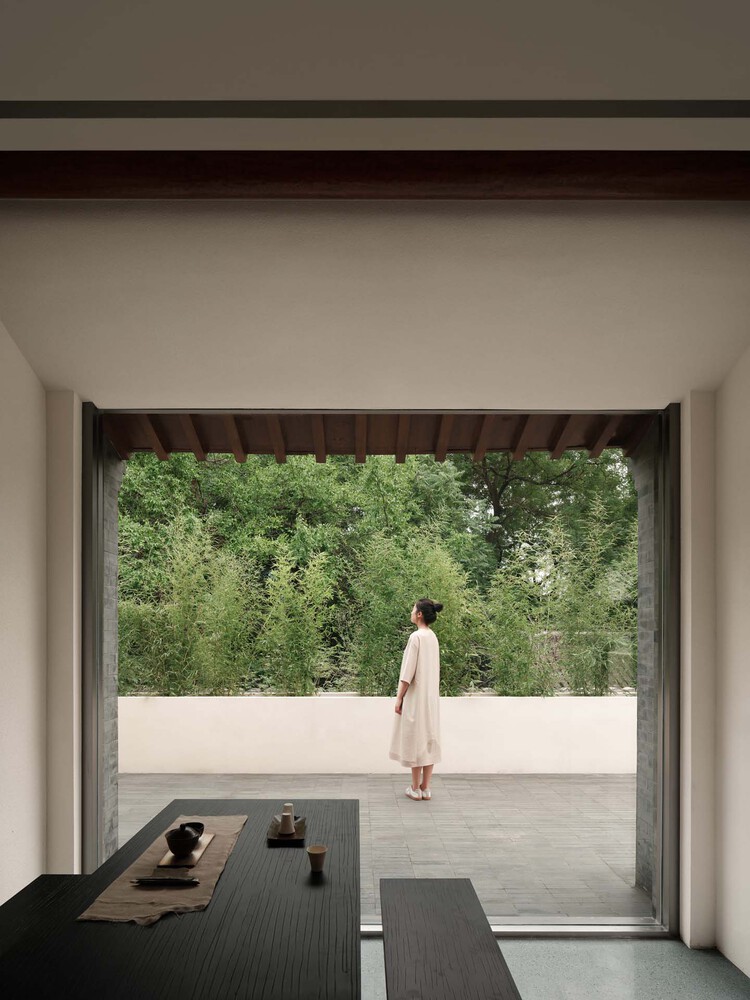
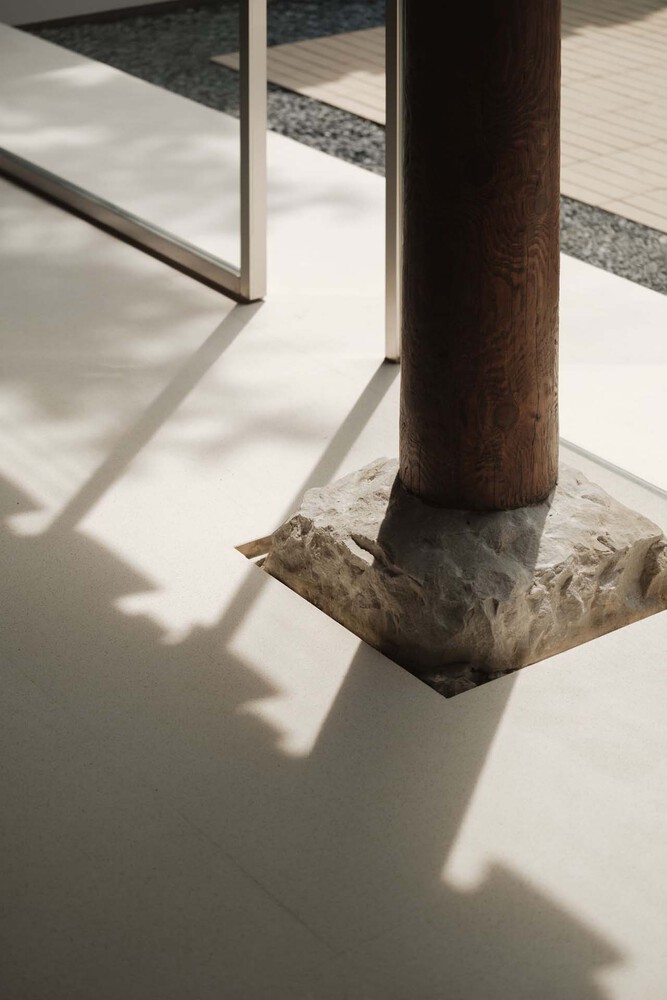
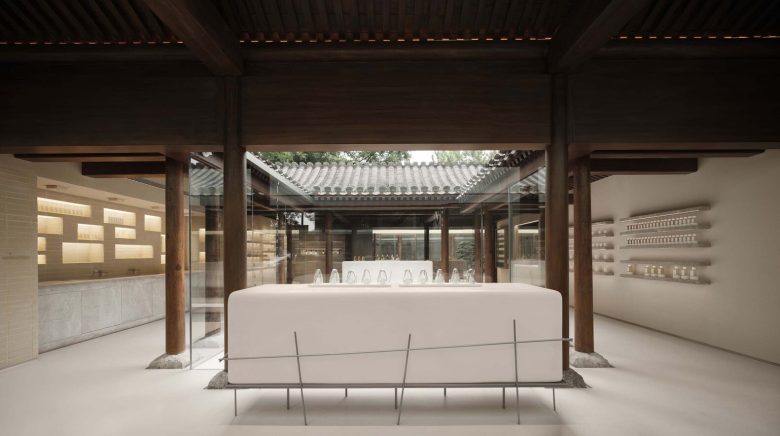
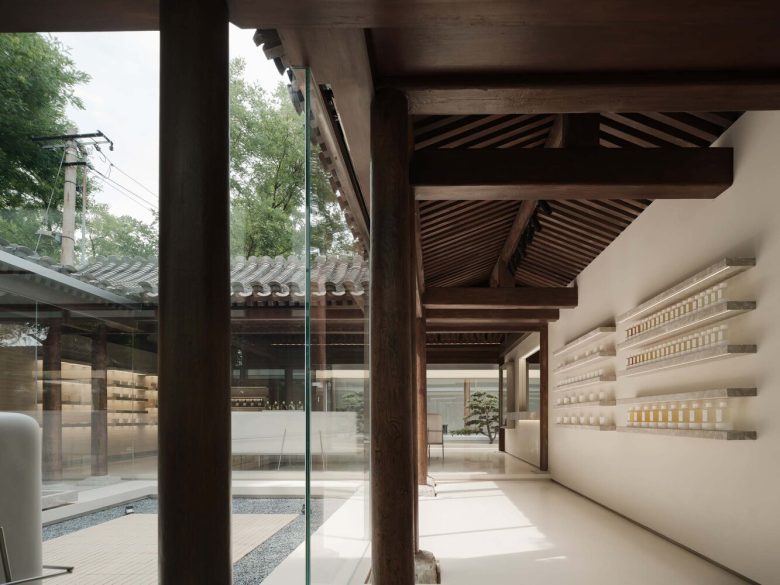
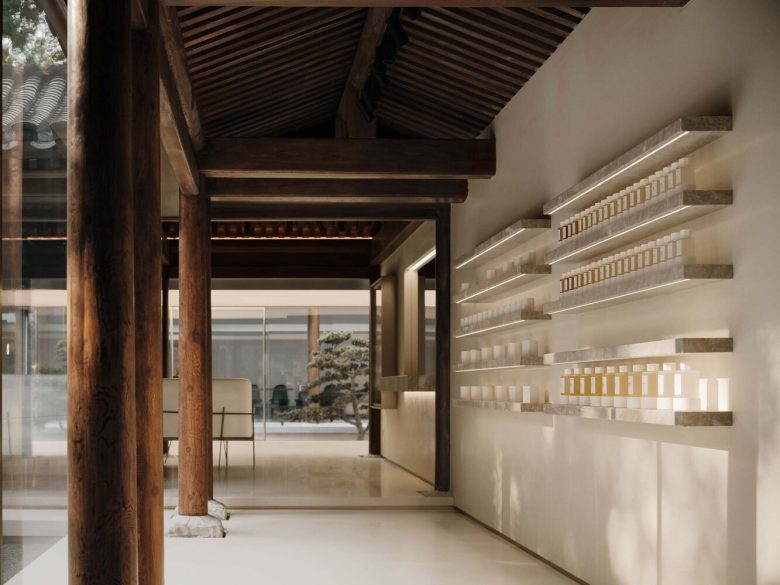
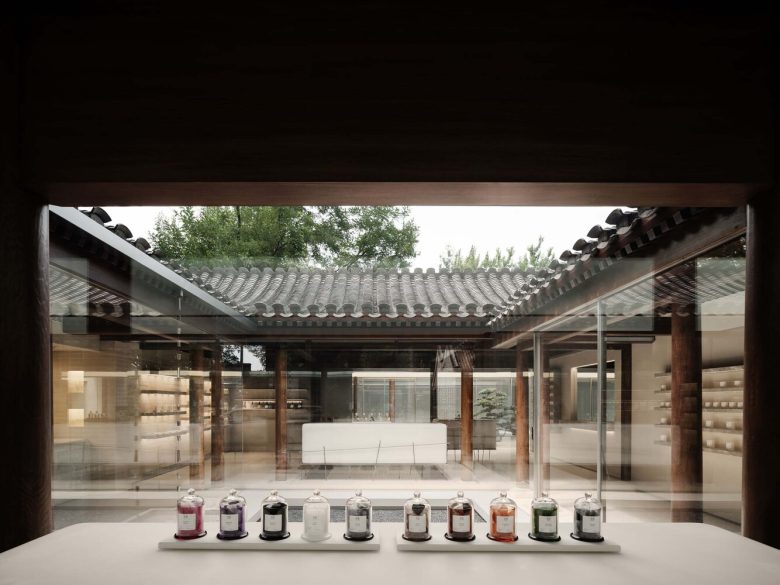
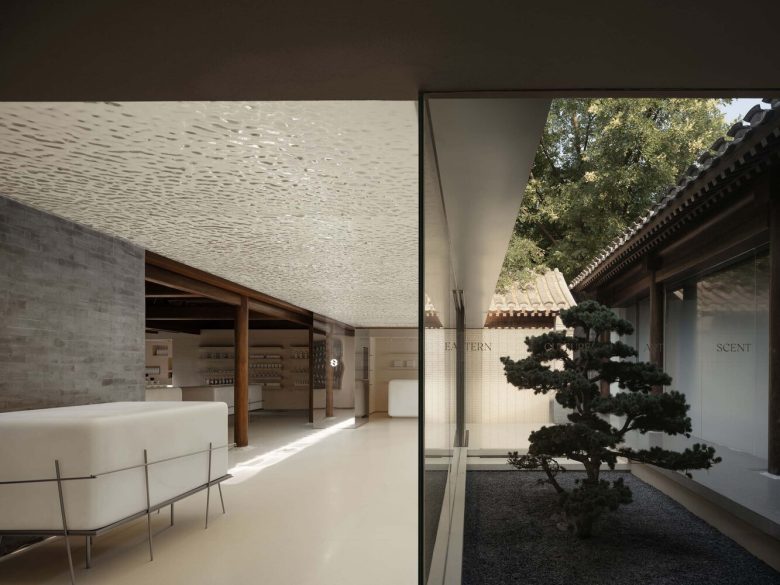
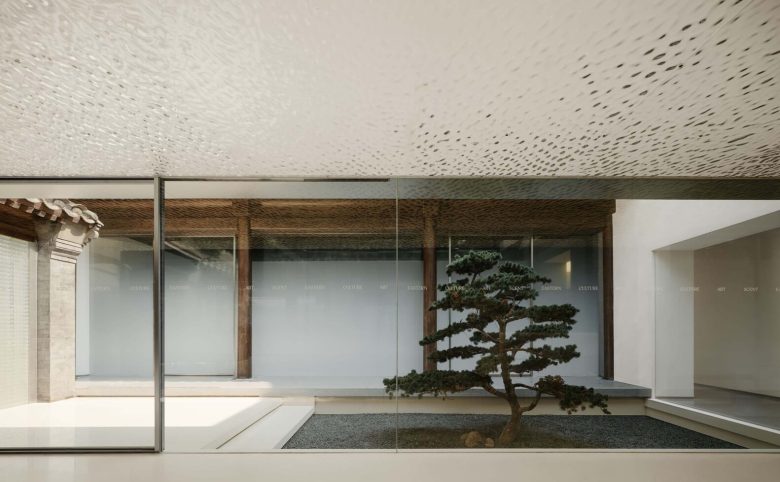
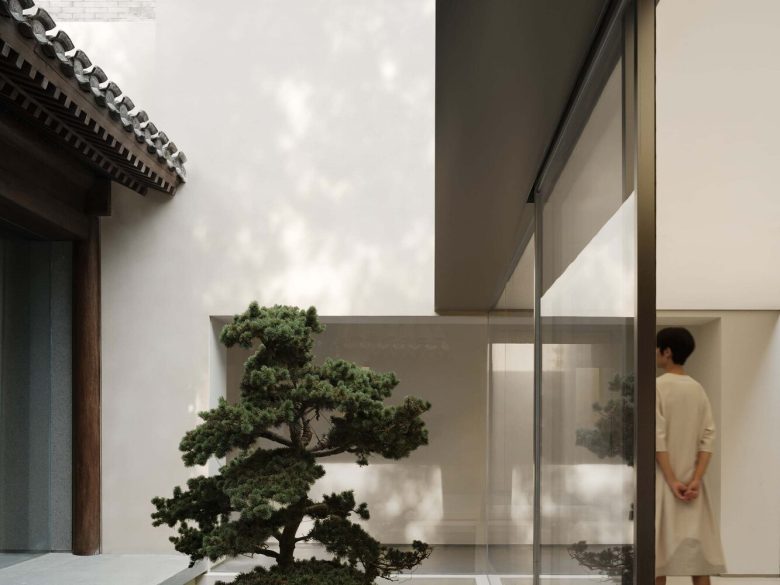
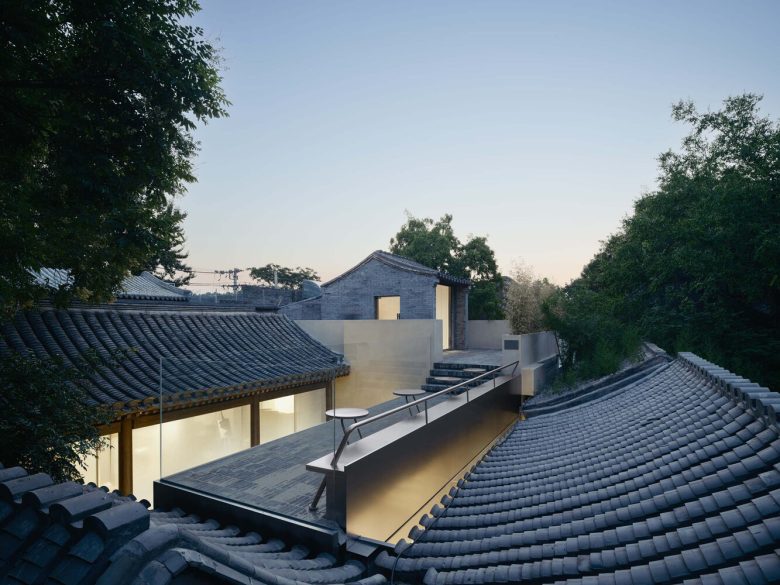
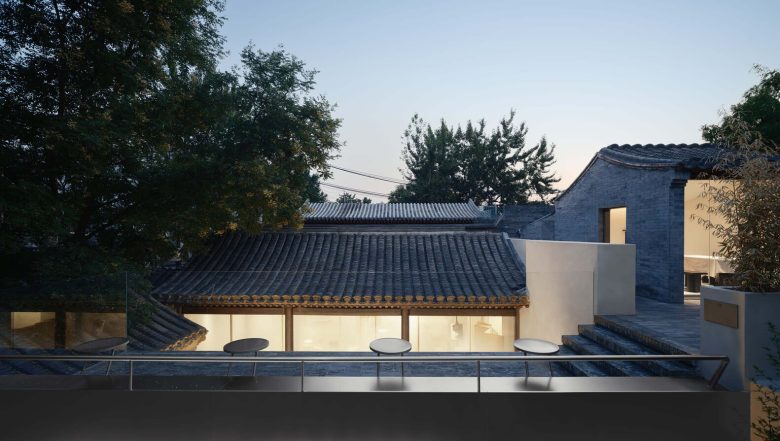

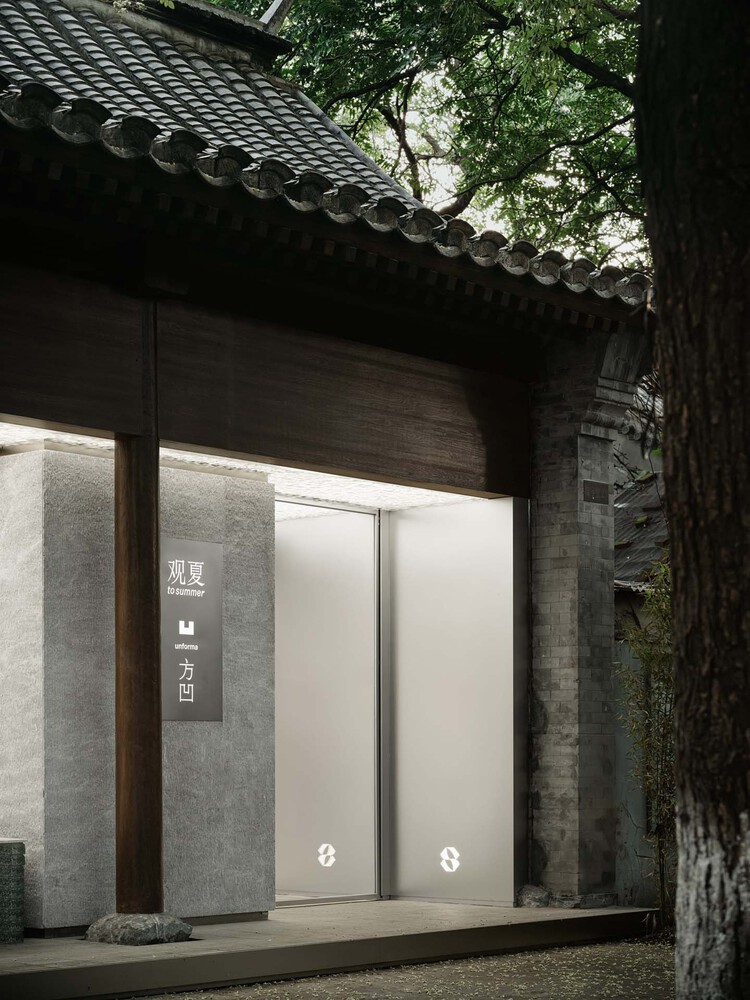
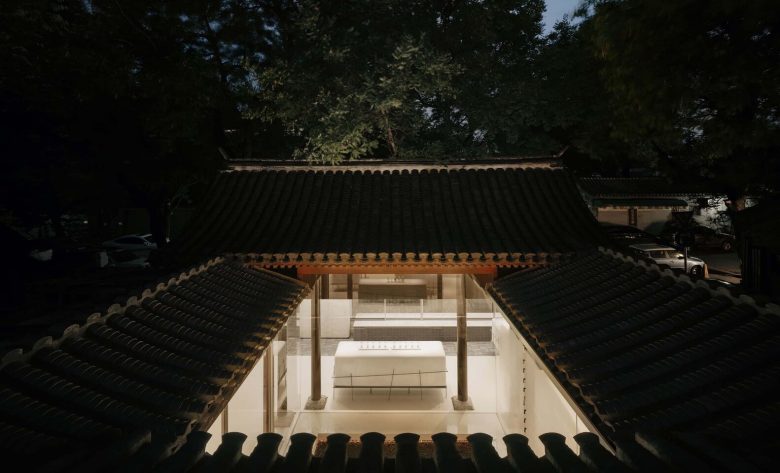
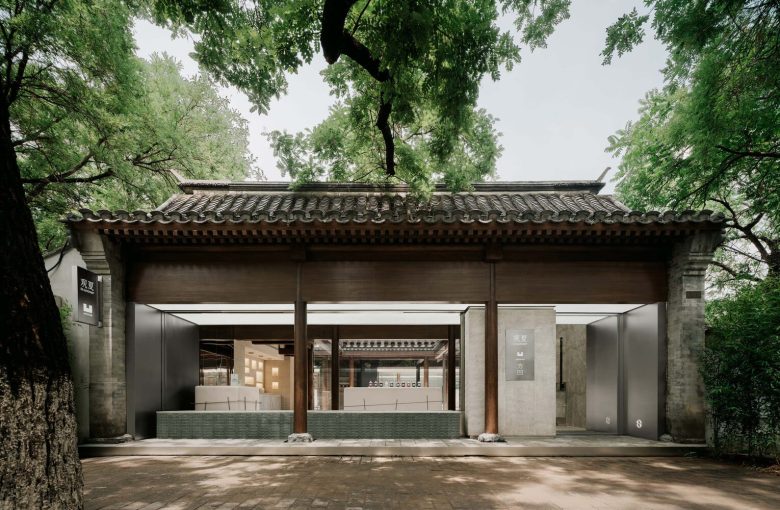

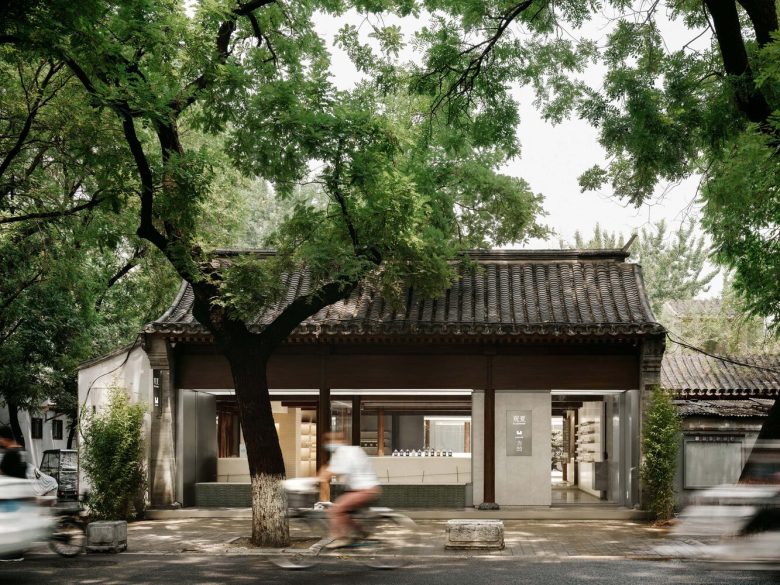
Add to collection

